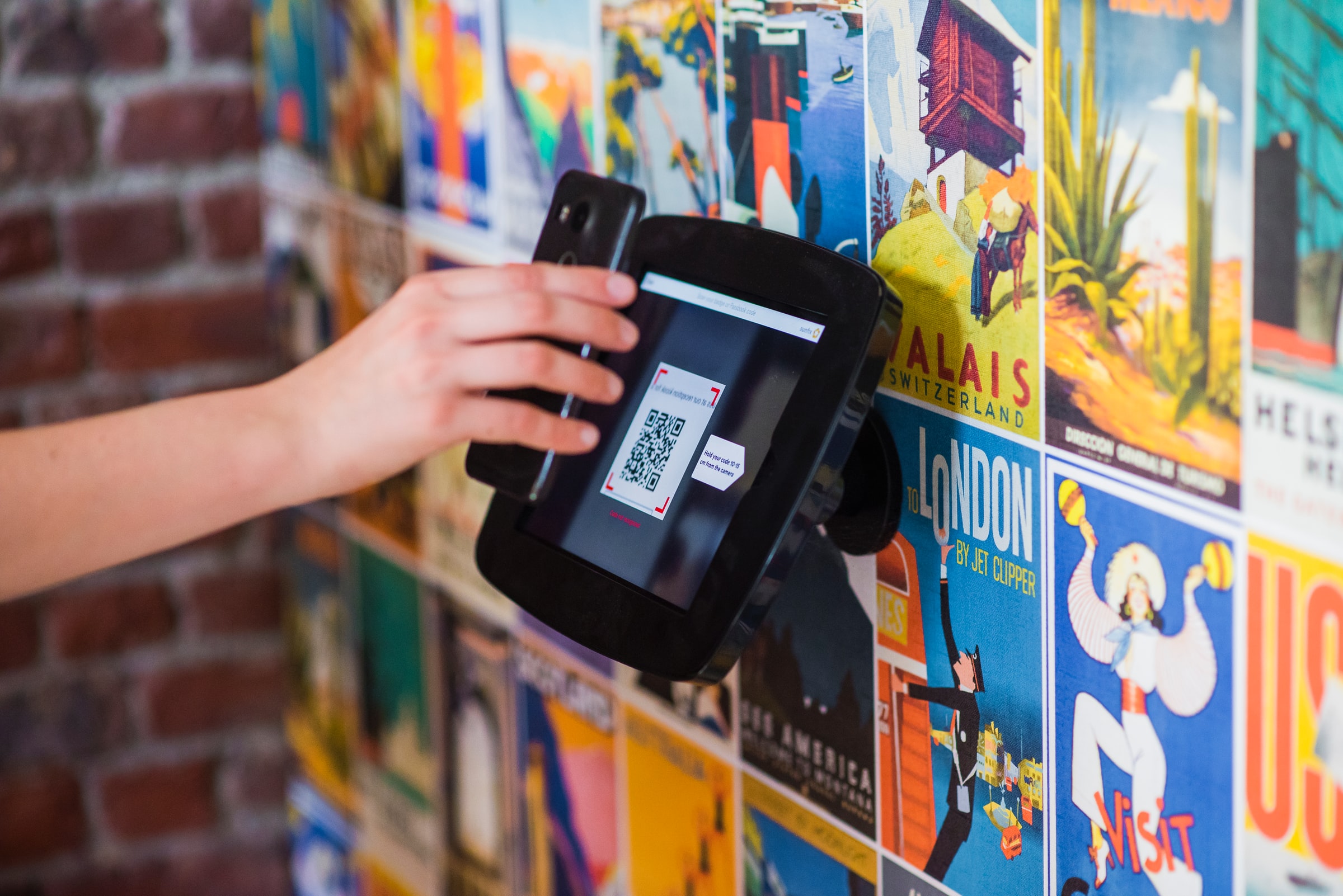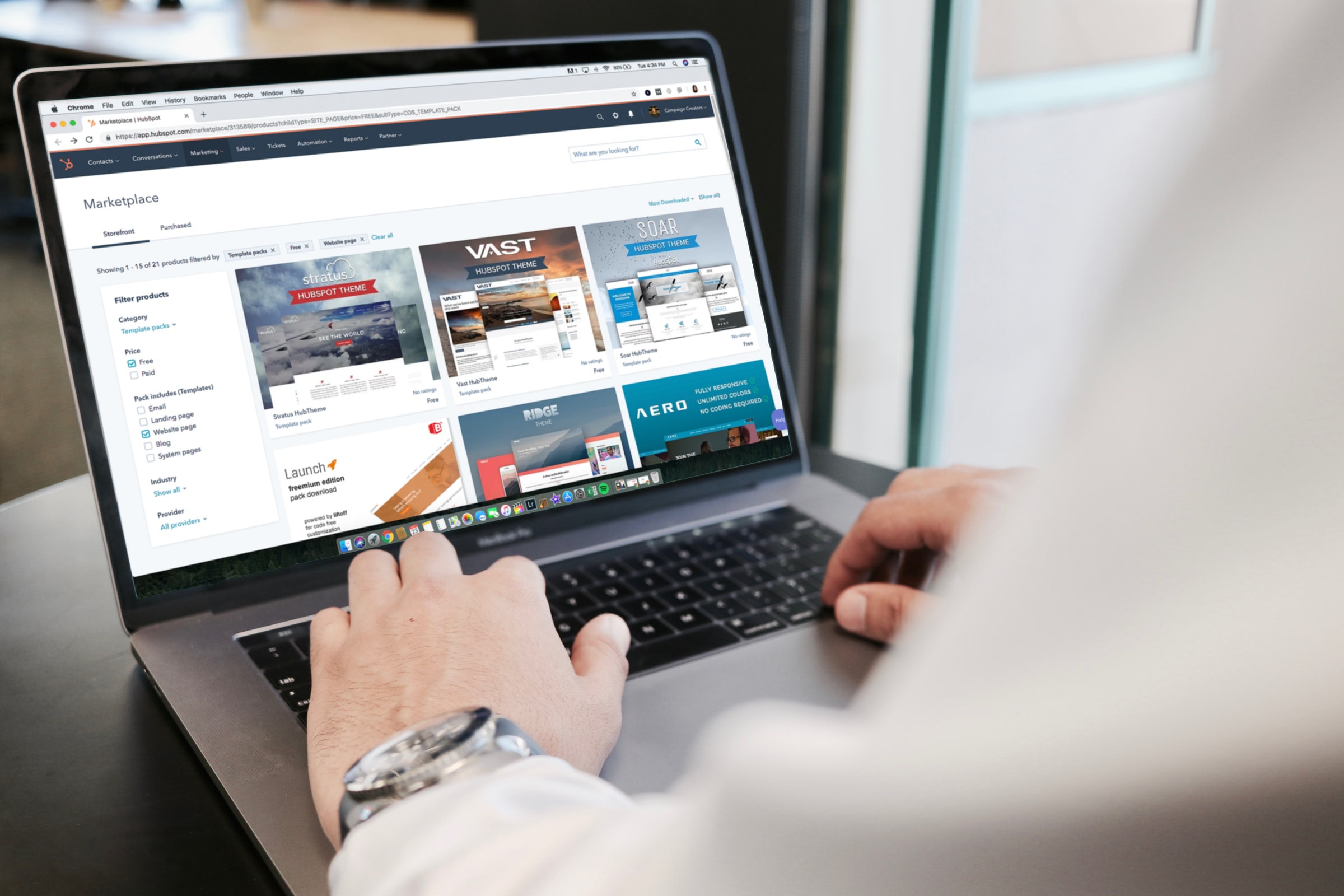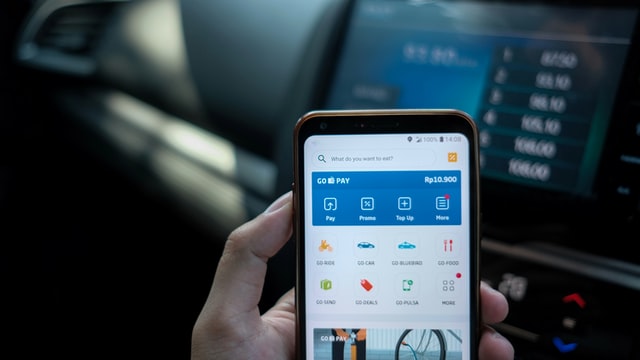
Part of our Wholesale, Retail, & eCommerce Series
A lot of brick & mortar stores have taken the back seat to digital commerce due to the sharp shift to online shopping. The question you might be asking is, how can you get the most out of them in this situation? Here are some ideas on how you can generate business value from your physical stores.
News of retail store closures has been in and out of the news cycle this past year due to the pandemic. In the United States alone, UBS analysts estimate 80,000 stores to cease operations over the next five years while online sales continue to surge [1]. Of these closures, around 60% are deemed to be permanently closed for retail. [2].
However, it must be noted that the UBS store closure projection actually tempered from a much higher number of 100,000 at around the same time last year April 2020 as retailers are starting to find intrinsic value in their physical stores. With most retailers having to shift quickly to digital channels in response to the global crisis, their brick and mortar stores have taken a back seat in this transition. As businesses steadily found their footing in this new normal, physical stores have slowly found their place back in this thriving digital ecosystem.
As businesses, we have to maximise our assets to generate the most value, especially in dire situations. In this article, we offer perspectives on how you can make the most of your brick and mortar stores to provide immediate business value. And just as important, as we move out of this pandemic in the near term, on how you can begin reimagining the customer experience for your physical spaces to adapt to the evolved customer behaviour powered by technology.
Integrating Physical Stores as Key Digital Retail Ecosystem Components
The prevalence and apparent ubiquity of digital shopping have forced retailers to come up with viable solutions to reclaim value from their now stagnant physical stores, finding ways to incorporate them into their relatively newly established digital ecosystem. Here are some of the ways retailers find the much-needed purpose for their stores that you can also implement.
Distribution Points
One of the challenges of a fully digital retail operation is distribution. In fact, due to the resulting surge in online shopping, shipping companies were caught unprepared with the sheer volume of deliveries they have to fulfil. Increasing package volume to almost 60% compared to the year prior [3]. As a result, consumers found that delivery dates tended to take longer, from mere weeks to as long as a few months.
In response to this challenge, retailers have found a silver lining in their stores. By using them as distribution points they can tap smaller and more localised same-day delivery services to provide much better order fulfilment, inadvertently improving customer experience along the way.
Order Pick-Up Venues
Buy Online and Pickup In-Store (BOPIS) option has also started gaining ground among consumers. According to a survey by Investp, 65% of shoppers stated that they availed themselves of this type of service over the last few months. Top reasons why shoppers prefer BOPIS are being able to see the products before they take them home and saving on shipping costs [4]. And also to a certain extent being able to experience a semblance of physical shopping experience.
Utilising the curbside pick-up experience allows retailers to reinvigorate highly manageable store traffic while at the same time ensuring employee-customer safety. It also provides the opportunity to interact with the customers and encourage additional purchases while in-store.
In fact, a similar project was recently undertaken by Monstarlab for international brand WingStop, where we helped them develop a pilot for a practical process of ordering, looking, payment and pick-up via lockers for a truly seamless and contactless transaction.
Experience & Engagement Hub
Social has also taken an integral part in the new retail landscape, with brands constantly engaging their market in social channels in a bid to get more of their attention, and ultimately, their share of pocket.
And quite a few brands have brilliantly transformed their physical spaces to coincide with their social and community efforts. Lifestyle brands can offer limited slots to engage brand enthusiasts in community-based activities in-store while adhering to the safety standards and protocols. The event can then be broadcast on social and digital channels to allow their wider audience to participate in the safety of their own homes, all the while subtly promoting their fitness products through targeted interactive features in their digital channels.
According to Incisiv, 91% of shoppers miss in-person shopping while another 5%, although small in number at this time, plan to visit and experience products in-store in the near future [5]. In response to this, larger retail brands are exploring the possibility of an exclusive shopping experience wherein customers can book in advance exclusive in-person shopping time which can allow them to shop without much worry about their personal safety.
On top of that, contactless solutions and an integrated digital experience such as using AR and VR are an essential part of this solution. In a recent Businesswire survey more than 8 out of 10 shoppers explicitly mentioned that they prefer to shop in stores with a reliable contactless and self-checkout option, especially while still under the pandemic [6].
Consumer demand for AR/VR technology is actually growing in Asia. According to new research from Worldpay, 84% of respondents said they believe VR/AR is the future of shopping [7].
It is emerging as a key component of the retail customer experience. In one example, international clothing brand Uniqlo partnered with Alipay to launch the “AR Red Packet” feature in China. This allows customers to shop in-store and take part in a treasure hunt for “red packets” on the premises using AR. Adding another layer of fun and engagement in the shopping experience.
In another notable execution, major online retailer JD.com recently launched a mobile app that allows users to virtually try on pairs of shoes and even measure their foot size using AR. At present, JD.com AR has launched hundreds of applications for various categories such as make-up, clothing, hair colouring as well as an AR virtual store. They are also working with brand partners to promote and develop more AR experiences both online and offline [8].
Moving Forward: Anticipating the Next Normal Retail Experience
Admittedly, the pandemic has transformed a lot of longstanding consumer behaviours that may stick even as we move out of this predicament. But as industry survivors, we have to brace ourselves and take a serious look at how the retail experience will take form in the near future.
So despite the convenience and comfort currently provided by eCommerce, it is safe to assume that eventually, consumers will be looking for far more in terms of physical shopping experience. And what better way to deliver that expectation than through innovative digital and physical experiences.
But before we even get to that point, we should begin by reimagining the in-store service model altogether, identifying new opportunities to monetise physical space, streamline operations, and deepen customer relationships. After all, as we move from survival to growth we need to make sure that key aspects of our operations provide value for both the business and the customers in the near term.
Our global expert on creating connected experiences, Daniel Kalick, covers this topic in the article How Stores can Drive Business in the “Next Normal”. Give it a read to learn how you can manage your physical store experience as we move to the next phase of the retail evolution.
Conclusion
Physical stores can still provide strategic value to your operations that have become largely digital. By looking closely at our customer’s behaviours and preferences, we can find ways on how to best position our stores to augment business aspects from operations, logistics, to customer engagement in this new normal.
But as we move out and recover from the pandemic, we will have to take an even closer look at the role the physical stores will take in the long run given the anticipated enduring changes in consumer behaviours.
Read more insights and see some of our works on Wholesale, Retail, & eCommerce




